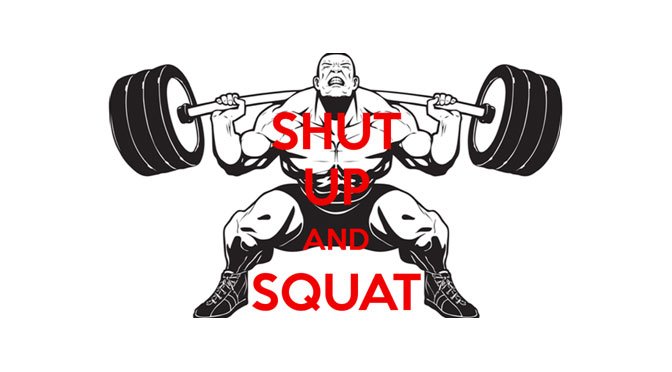Exercise is the key for a long and healthy life. What we need to know is that the two strongest predictors of longevity are strength and muscle mass in the lower body. The question that strikes our head is that how can we accomplish that? The answer is simple SQUATS.
Benefits of Squats:
- Helps in building lean mass in the muscles throughout the hip, thigh and core areas.
- Improves digestion.
- Aids circulation.
- Burns calories and fats.
- Enhances strength.
- Better for joints.
- Improves balance.
- Reduces the risk of knee and lower back pain.
- Better mobility as squat training allows you to lift heavy things off the floor easily and makes it easier for you to move up and down the stairs and perform other vigorous movements that are necessary for daily life.
So there are so many benefits of squats so why not include it in our workout routine already?

How to do the perfect Squat?
Though the look of squat is simple but don’t take it lightly because once you try it you will find that it is not as easy as it looks. Doing it in proper form is also important because it will give you the result optimally. Doing it in wrong form could increase the risk of injury.
Everyone can start with body weight squats in which you take a stance about shoulder-width apart with the toes pointing out slightly. Raise the chest to an upright position and look straight ahead. Begin bending at the knees, which should track in a line close to the border of the first and second toe. You want to go down as low as possible so that you achieve a full range-of-motion. Ideally, you will go down to a point where your hips are below your knees, but if you are not able to get down this far yet, just go down as far as you feel comfortable.

Squat Variations
1. Plie Squats
In this squat your feet need to be wider than hip width apart with feet angled significantly outward. Same rules of a regular squat apply to this one. Keep your back in line, and you are going to bend your knees more outward than straight. This is going to target your inner thighs significantly. If you need to make it more difficult, grab some weights or a kettle-bell.

2. Pulse Squats
Get into basic squat form and then once you reach the bottom of the squat, instead of coming back up all the way only come half way up, and then lower back down into the squat. Repeat this multiple times to “pulse”. You will really feel the burn with this one!

3. Plyometric Squats
This type of squat will really get your heart rate up. You use the same rule of form as a body weight squat, but instead when you get to the bottom of the squat, you are going to explode up and land softly.

4. Single Leg Squats
This type of squat is done on one leg. You’re going to lift your left leg either behind you or keep it as straight as possible in front of you while you squat down on your right leg.

5. Goblet Squats
This squat is done in more of a plie form with feet wider than hip width apart and feet angled outward. You can use a kettle-bell or one big heavy dumbbell, hold them at chest level while you squat.

6. Barbell Squats
This type of squat is a pretty advanced exercise. Put the barbell on your shoulders, mostly laying on your trapezius muscle, the “traps”. This squat is done with normal squat form, but the reason it is more advanced is because it allows you to add a lot of weight.

Therefore, Squats obviously help to build your leg muscles (including your quadriceps, hamstrings, and calves), but they also create an anabolic environment, which promotes body-wide muscle building. So squats can actually help you improve both your upper and lower body strength. So, shut up and squat!

